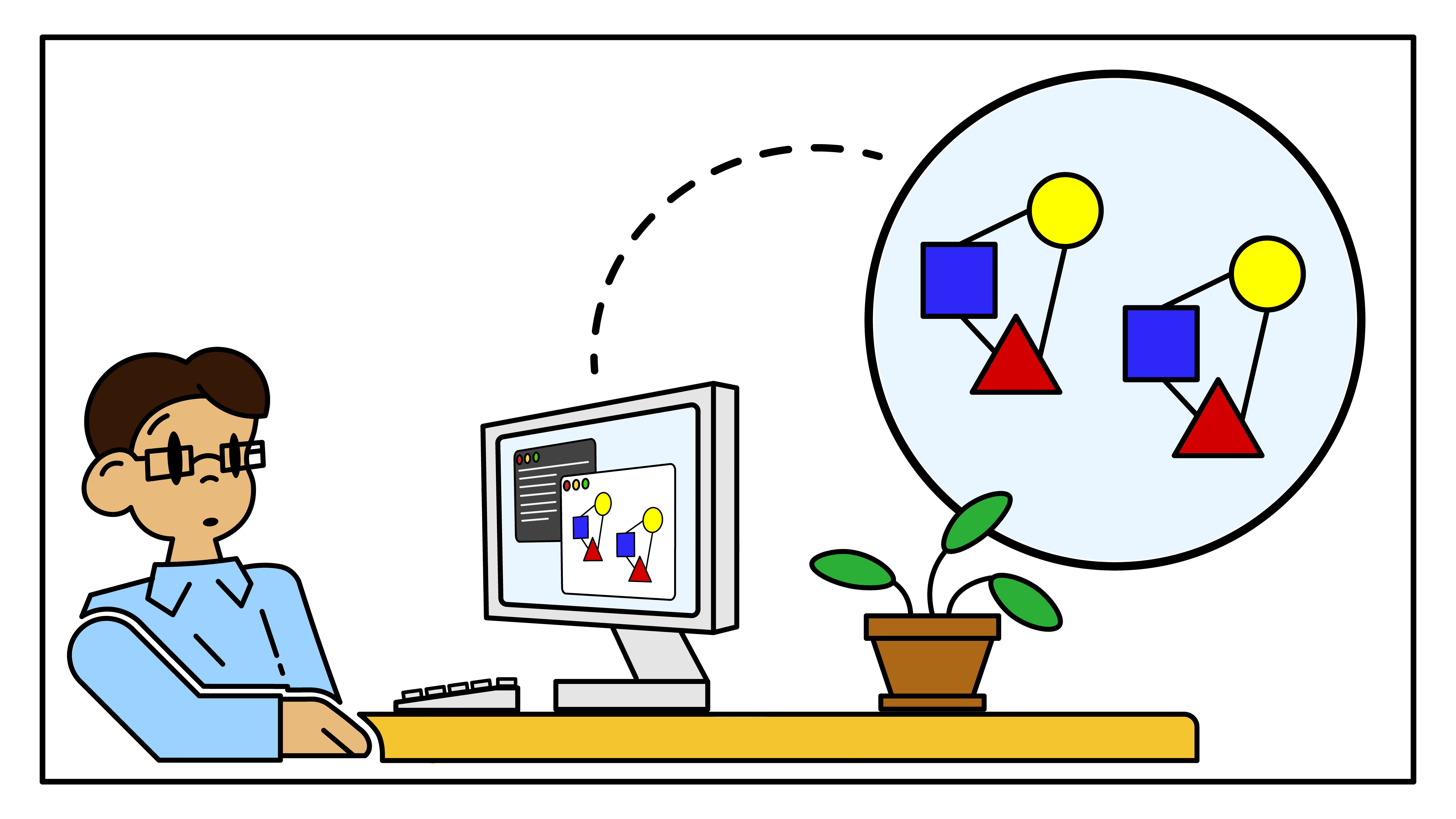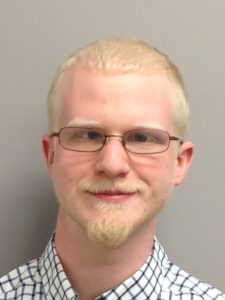
Creating a Digital Twin with Prahuddha Chakraborty and Ben Grooms
by Stefania Irene Marthakis
Prabuddha Chakraborty is a University of Maine Assistant Professor of Electrical & Computer Engineering with a joint appointment at the Advanced Structures & Composites Center (ASCC). Chakraborty’s research focuses on hardware security, access point security, new imaging technologies, and applied Artificial Intelligence (AI) in cybersecurity.


Ben Grooms is an Information Security Analyst in the University of Maine Information Security Office, where he addresses the day-to-day security needs of the university and contributes to the education of cybersecurity by directly working with students as a tech advisor and a coach of the Cybersecurity Team, which participates in regional and national cybersecurity events.
Together, Chakraborty and Grooms have embarked on a project, in collaboration with Advanced Research Computing, Security and Information Management (ARCSIM) and ASCC as well as students, that creates fundamental technology and new innovations into the digital twin. A digital twin is a digital representation of something, such as an Internet-of-Things system, where real situations and their outcomes can be simulated.
“Any system that has digital components, software, and digital hardware has potential security risks,” Chakraborty stated. “In creating a digital twin, we are trying to understand the real system and how to make it better by creating a replica of a real system and then using this visualization to better understand the properties and concerns.”
For example, when trying to understand the mechanical aspect of a real car, a model can be created to understand how the real car functions. Since testing the real car is time consuming and risky, a model or digital twin allows researchers to create adversarial conditions on the simulated car or digital system.
Currently, Chakraborty and Grooms are in the preliminary stages of this project, where they are accessing extreme conditions and possible challenges on how the real system might react: 1) How good is the digital twin? How accurately can they create the digital twin, since digital systems are diverse and have complex interactions to map within a digital domain. 2) What discoveries will be found in the simulation? How do they map effectively and efficiently to extrapolate knowledge and make it useful, allowing an analyst to come up with solutions?
“I’ve seen digital twins out in the industry, in the real world, and how they can really improve systems by using this model,” Grooms added. “We’re off to a great start towards creating a positive impact.”
Once this project matures, Chakraborty sees major, direct benefits to the UMaine campus as a potential framework for university security concerns. “We are trying to bring new knowledge to a wide range of departments on campus, from the impacts of climate change on forests to AI and machine learning (ML) space applications,” Chakraborty stated. “There are a lot of possibilities here.”
This project also plans to create new pathways for graduate and undergraduate students with hands-on learning using cutting-edge technologies as well as mentoring new ideas toward future entrepreneurships.
Chakraborty and Grooms have been supported by faculty, students, and staff including Benjamin Bailey (ASCC Scientist), Evan Gilman (ASCC Chief Operations Engineer), Gregory Studer (ASCC Engineer), Habib Dagher (ASCC Executive Director, Bath Iron Works Professor of Structural Engineering), Katherine Arsenault (ASCC Cyber Security Graduate Research Assistant), Melissa Kimble (ARCSIM Research Data Security Analyst), Nickolas Millett (UMaine Moderator for Scalable and Portable Infrastructure for Cybersecurity Education), Nick Tozier (ASCC Engineer, Research Systems DevOps Engineer Cybersecurity), Peter Drown (ASCC Operations Manager).
